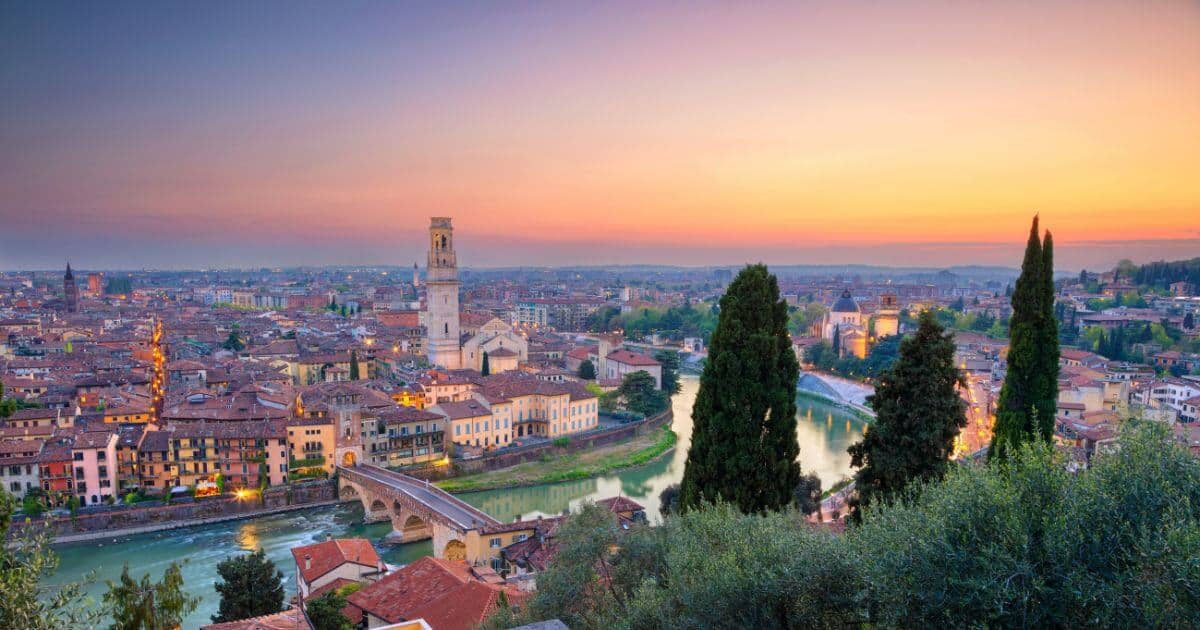Rum in La Dolce Vita
Italy is experiencing a renaissance in rum, evolving from a historical trading hub into a dynamic landscape of homegrown artisanal distilleries and internationally renowned Italian rum brands. From reviving sugarcane cultivation in Campania and Sicily, to blenders and distillers leaning into their local wine barrels to create delicious rum expressions.
Italy is defined by dramatic geography and is a distinctive boot-shaped peninsula in Southern Europe. In the north, the Alto Adige or South Tyrol’s unique, alpine-Mediterranean microclimate creates ideal wine-growing conditions, which have helped distillers flourish. This stunning region of limestone Dolomite mountains gives way to famous lakes like Garda and Como. Further south, the agriculturally rich Po Valley and Tavoliere delle Puglie plains stretch across the mainland. Italy’s long Mediterranean coastline shares land borders with France, Switzerland, Austria, and Slovenia. The Apennine Mountains run like a spine through the peninsula, creating unique microclimates and fertile valleys. Beyond the mainland, Italy has numerous islands, including Sicily and Sardinia. Sicily is one of the few places in Europe to have the right climate and conditions to grow sugarcane and produce cane juice rum from it.
The Maritime Republics in medieval Italy of Venice, Genoa, Pisa, and Amalfi dominated early European trade. They emerged from the 10th century, building fleets of ships and extensive trade networks. Trade routes from the Middle and Far East brought sugar and spices. Venice and Genoa dominated trade due to geography and wealth. Sugar cane was planted in Cyprus and supplied Venice with refined sugar. The intensive commercial activity of the 14th and 15th centuries saw Genoese and Venetian merchants actively purchasing sugar from Sicily. This trade underscores Sicily’s pivotal role as an early European hub for sugar production, preceding Christopher Columbus’ voyage by more than a century. The famous explorer Christopher Columbus was born in Genoa and embarked on his voyages under the Spanish flag, taking sugarcane across the Atlantic Ocean to the Caribbean. The name “Rum” in various languages is a direct reference to the Roman Empire and its legacy, particularly in Turkey. Italy’s merchant trading past laid an early, indirect foundation for its rum connection. From the 10th century, powerful maritime republics like Venice and Genoa dominated European trade with vast fleets and networks, bringing sugar and spices from the Middle and Far East. Sugarcane from Cyprus supplied Venice with refined sugar, cementing it as a trade hub. This era also saw Christopher Columbus, a Genoese native, carry sugarcane across the Atlantic to the Caribbean on his second voyage, a pivotal moment for rum’s development.
While Italy’s direct distilling history began with spirits like Grappa in the 13th century in Modena, becoming popular across northern regions like Veneto and Trentino Alto Adige, rum production is a much more recent addition. Throughout the 20th century, new spirits emerged and distillation techniques were refined. By the late 20th century, Italian independent bottlers, known for their whisky expertise, began sourcing unique rums from overseas in cities like Genoa, Treviso, and Rome, laying the groundwork for some of Italy’s and the world’s most iconic spirits brands. Today, rum production is thriving in Italy, with distillers in Alto Adige and, particularly, Sicily, leading the charge with artisanal Italian agricultural rum. Now, to our grand tour of Italian rum and its renaissance. Discover producers leaning into local wine heritage and surprising rum developments. This adventure takes you from the south of Sicily to the northern slopes of the Alps, guiding you through stunning scenery, dramatic coastlines, ancient cities, delicious food, and, of course, the best local rum.
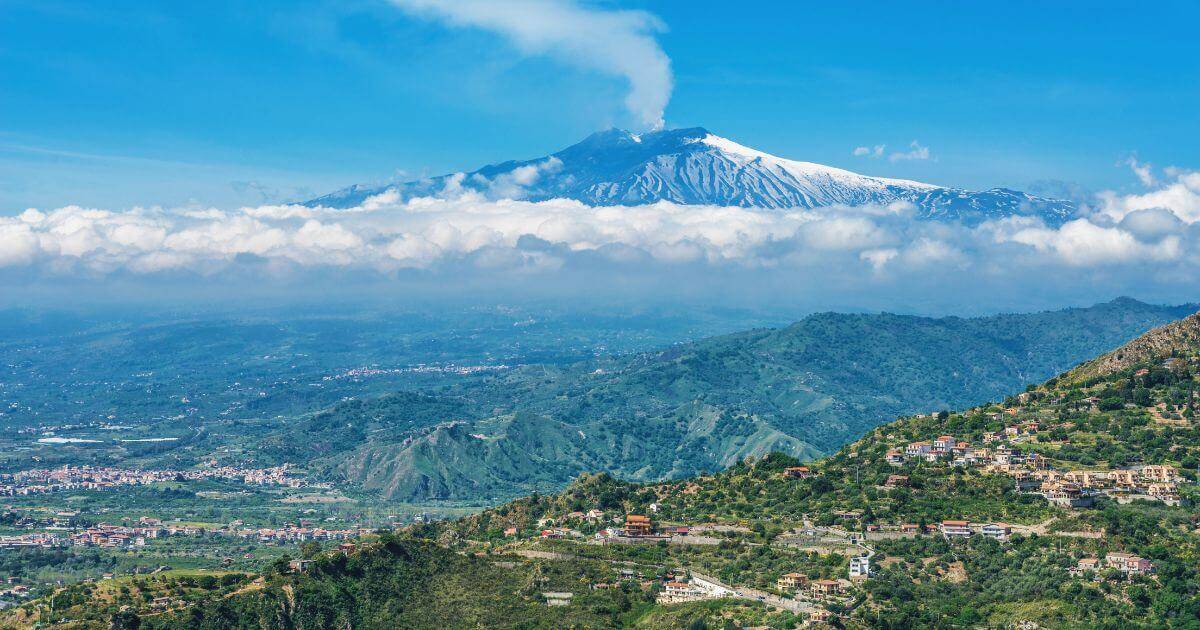
Sicily
The Mediterranean’s largest island, Sicily, is famous for its distinctive triangular shape and a rich agricultural history that earned it the name: Granary of Rome. This fertile land is dramatically shaped by volcanic activity, home to Mount Etna, Europe’s most active volcano, and nearby Stromboli Island. Separated from mainland Italy by the Strait of Messina, Sicily has a rugged mountainous interior and historic sites like the Valley of the Temples. And, it’s here you’ll discover Italy’s leading cane juice rum producers and rum Siciliano.
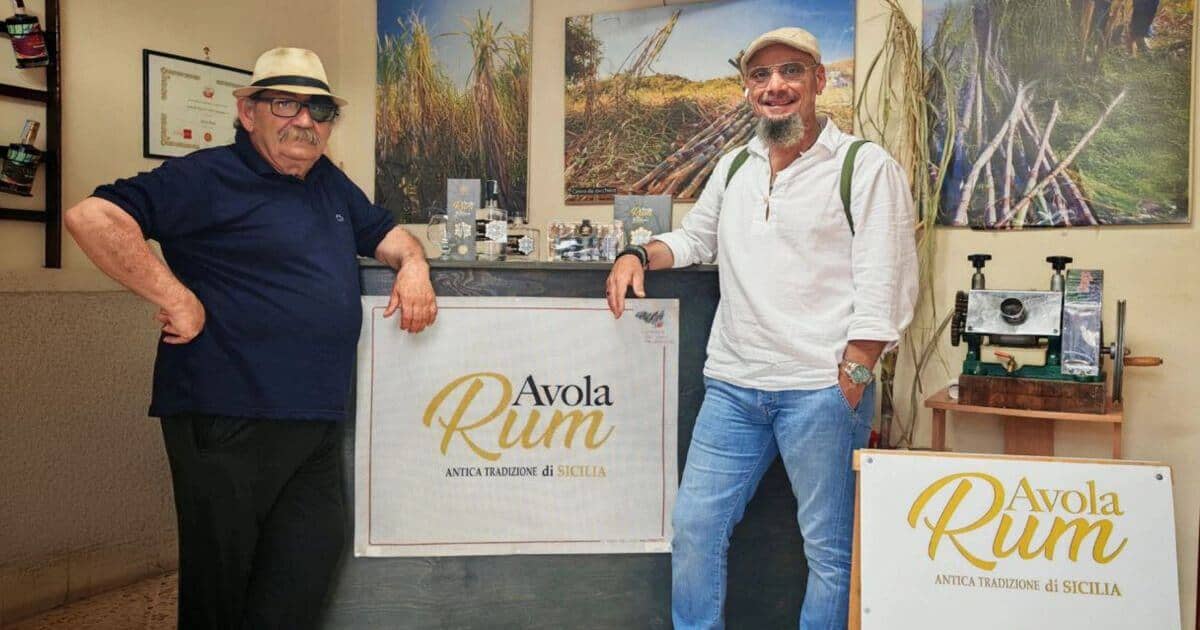
Avola Rum
Established in 2017, Avola Rum is Sicily’s only rum with historical roots tracing back to the 1700s, when the Marquises of Avola began distilling it from pure sugarcane juice. Sugarcane, introduced by Arabs in 800 AD, shaped the city’s landscape for over 150 years. During the Grand Tour, travellers described this rum as excellent. Made from fresh sugarcane juice with 4-10 days of fermentation and aged in steel tanks, the last bottling from current production occurs in June 2025, after over a year of ageing. New sugarcane is hand-harvested in the Avola countryside. This agricultural-style rum is made in a pot still and bain-marie using the Zadra method, preserving its natural aromas, from herbaceous to warmer, fruitier notes typical of the Mediterranean. Today, the Ministry of Agriculture recognises Avola Rum as a Traditional Agricultural Product. It won Best Agricole Style at the ShowRum, Italian Rum Festival 2022. Avola Rum’s limited numbered production caters to connoisseurs and collectors; each bottle tells a story of passion and tradition. Avola Rum offers guided tastings at their store in Avola, Piazza Teatro 18, where you can arrange a visit to the plantations and historical production sites, to discover the authentic soul of this Sicilian cultural heritage.
Find out more on Avola Rum
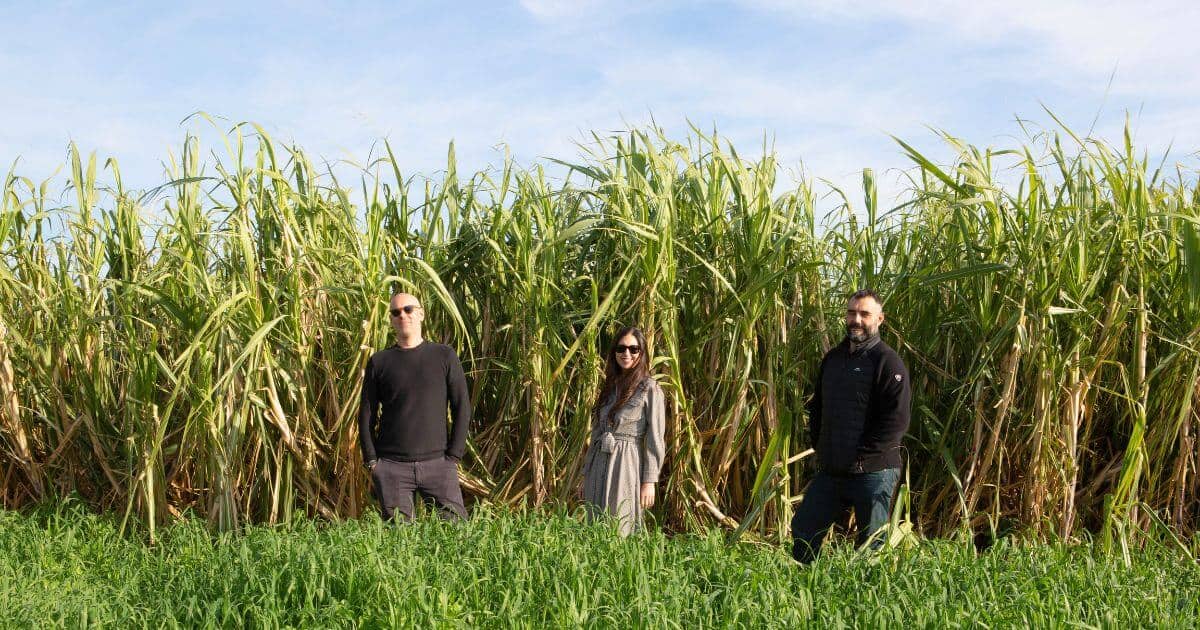
Distilleria Alma – Mater Rum
Distilleria Alma is a family-run craft distillery founded in 2021 by Hugo Gallardo and his wife, Annalisa Spadaro, in Modica, Sicily. It is one of Italy’s first dedicated rum distilleries and farm-to-glass rum distillers in continental Europe. They grow their own sugarcane a few kilometres from the distillery in Sicily’s rolling coastal hills. Mater Rum is their brand, which translates to mother, and inspires their relationship with the land. They produce two different monovarietal sugarcane juice rums: yellow cane & purple cane, plus a blend of the two previous canes. Cultivating and harvesting their sugarcane, the season is between March and May if you are visiting. They hand-harvest the cane, extracting juice with a small mill. The juice is fermented for 72-96 hours with oenological yeasts. The wort is distilled in a 600-litre bain-marie pot still with a four-plate column. The fresh rum is rested in stainless steel to add depth. They use cane waste as a natural fertiliser and transport their rum in recycled glass bottles, promoting sustainable practices. Their latest bottlings are from the 2024 harvest, and they will release their first aged Rum by the end of 2025. You can visit the distillery and have a tasting experience. Mater Rum is now being exported, and you’ll find it at bars across Italy.
Find out more on Distilleria Alma
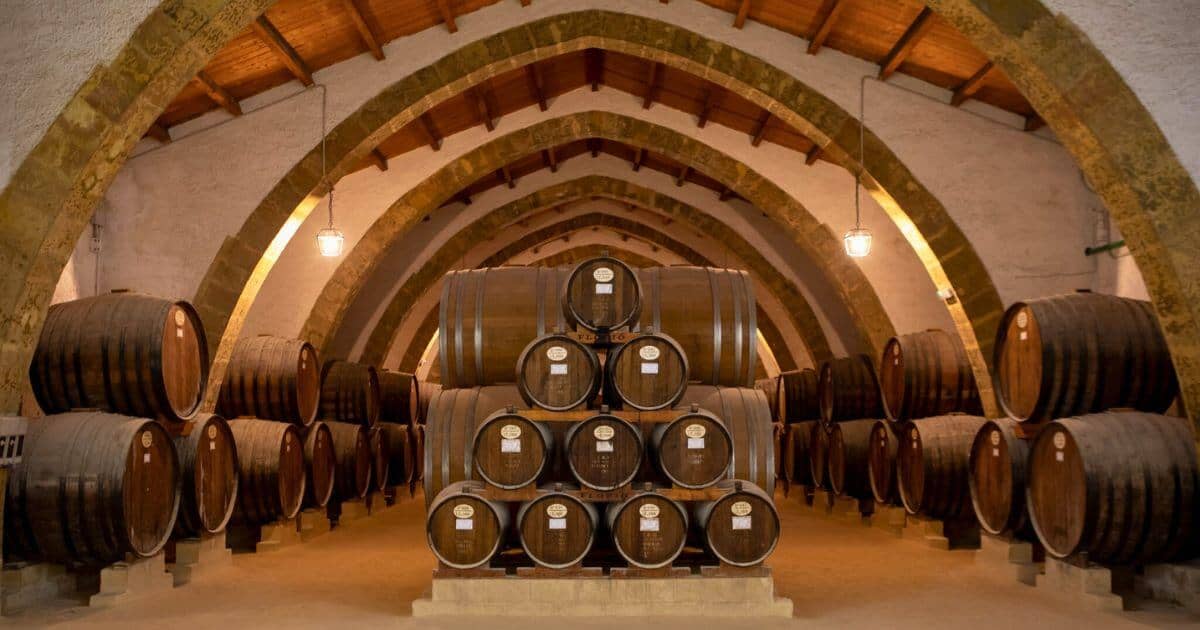
Rump@blic
Illva Saronno or Disaronno International was founded by the Reina family in 1947. Today it is a leading company in the world of spirits. Rump@blic is their independent bottling of rum brand created in 2020. Rump@blic Sicilian Legacy 100% Barbados was the first release. Sicilian Legacy Rump@blic rum is a single batch distilled in a pot still. Rump@blic Sicilian Legacy 100% Jamaican blend was the second release. The Sicilian element is secondary ageing for at least 6 months in Marsala casks. The finishing process of Rump@blic takes place in the historic Florio Cellars in Marsala, Sicily, where the renowned Marsala wine has been produced since 1833. Here, the Master of the Florio Cellars takes care of the Rump@blic Sicilian Legacy cask maturation. There’s now a mixology line, Rump@blic White Blend, which has Panama and Barbados rums. Rump@blic Gold Blend has Jamaica and Panama rums. There’s no Rump@blic visitor experience, but you can visit the Florio Cellars in Marsala, Sicily, to see how that is made and try the rum at bars across Italy.
Find out more on Rump@blic
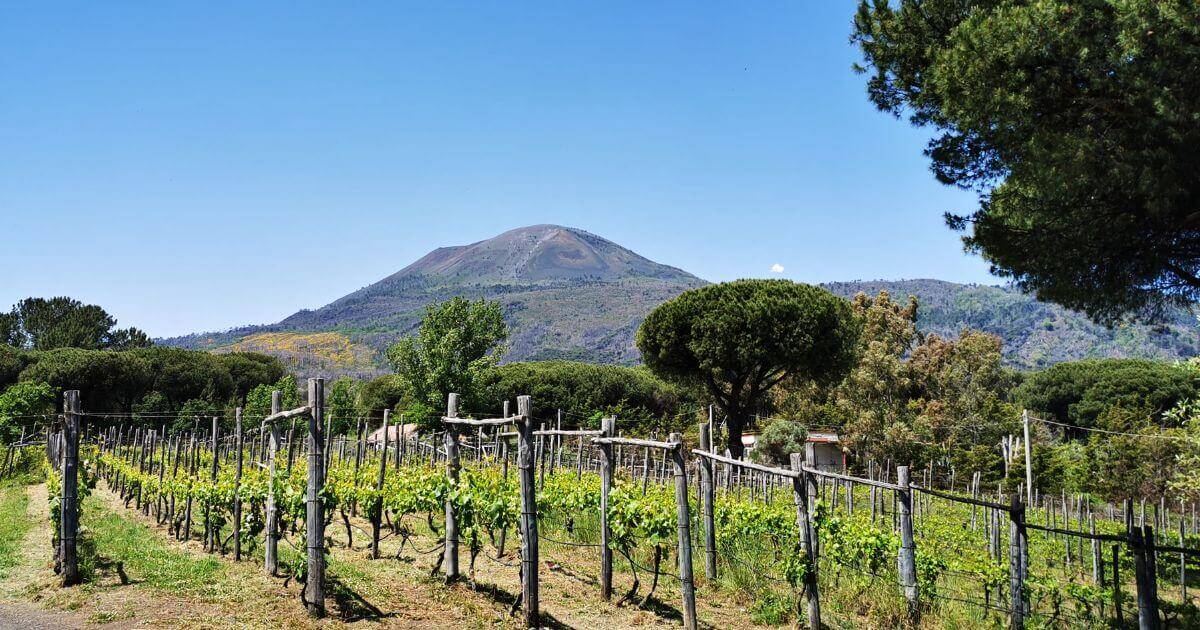
South Italy
In Rome, the Eternal City, ancient history, stunning architecture, and world-class cuisine set the stage for discovering fantastic places to savour rum. This iconic capital, built on seven hills with the Tiber River flowing through it, has a rich cocktail culture to explore. Further south in Campania, home to Naples, Mount Vesuvius, and the ancient city of Pompeii, there’s a local distiller actively reviving the region’s historical connection to sugarcane cultivation.
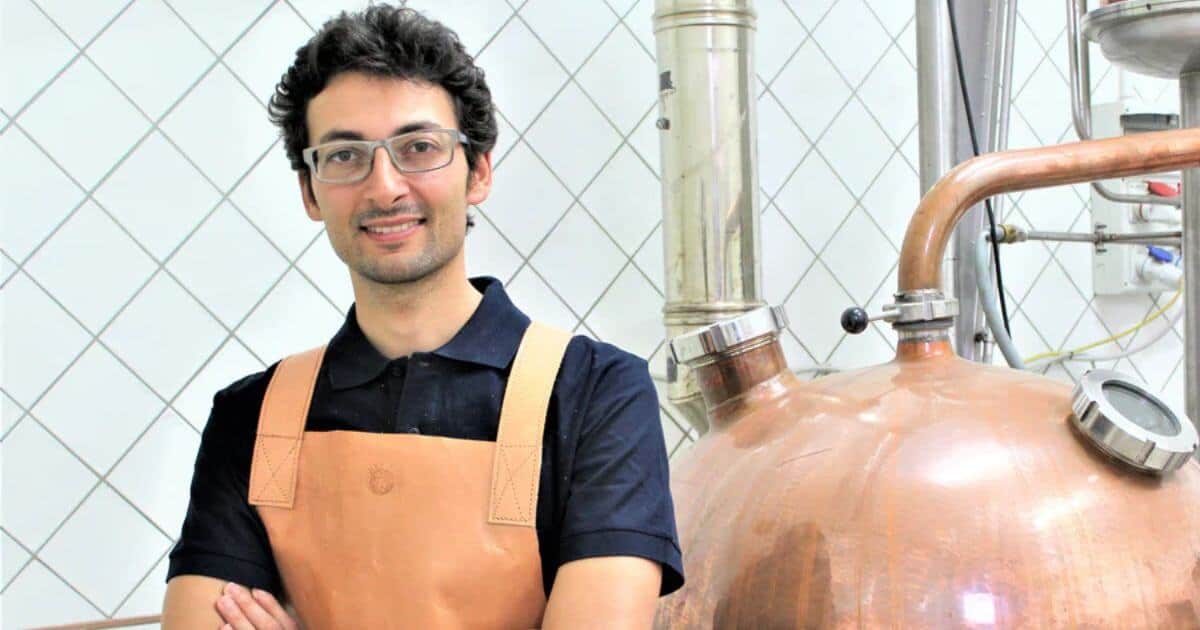
Berolà Distillati
Antonio Di Mattia, a chemistry graduate, and his wife Sarah opened their distillery in Portico di Caserta, near the Royal Palace. This small distillery processes selected fruits of the Campania region, an area with a long agricultural tradition about 15 miles north of Mount Vesuvius. They’ve cultivated a cane grove spanning 5000 square meters for just under a decade, with sugarcane cultivation believed to have historical roots in Campania. B-RUM, a clear rum presented at 51% ABV, was launched in 2024. It’s composed of two cane varieties: 95% Baltazia and 5% Cristalline. After harvesting, the cane is pressed, and the juice is fermented for 7-10 days. Distilled on a pot still, it’s then aged in steel for a minimum of 6 months. Bottarum, the first Italian rum from pure juice and aged in 100% Italian small oak barrels. These barrels previously held Pallagrello Nero wine, a dry red grape native to the Caserta area, and also grappa. After about two years of ageing, the two barrels were blended. The rum’s inspiration comes from the “Bottari” parade floats, which use barrels and vats during the annual Sant’Antonio Abate festival in Caserta on January 17th. You can arrange a tour and purchase rum directly at the distillery.
Find out more on Berolà Distillati
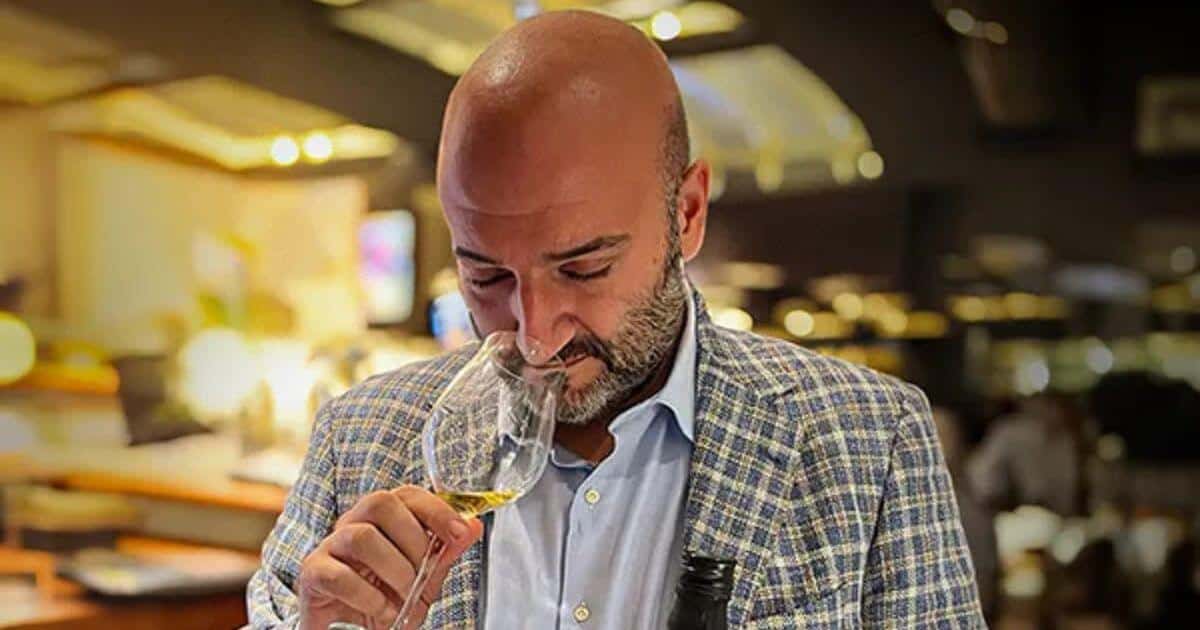
Samaroli
This Italian independent bottler was founded by the late Silvano Samaroli in Rome in 1968. It was the first dedicated bottler to import cask-strength single malt whisky to Italy. In 2008, the day-to-day running and master blending were taken over by Antonio Bleve (pictured), originally from Otranto province in Puglia. They focus on bottling Scotch whisky and now rums from all over the world. Samaroli doesn’t own any distilleries but has built a reputation for collectable and rare bottlings of vintage rum with iconic art labels. The Samaroli rum brand specialises in small-batch rums, relaunching original expressions with unique qualities from a wide range of origins like Demerara, Jamaica, Barbados, Trinidad, Nicaragua, and Fiji for discerning buyers. Samaroli Yehmon is the blended rum series, and the rums are bottled in Scotland along with their whiskies. You can find the rum on limited realises online; there’s no visitor experience in Italy, but you will see the rum at events and festivals in Italy.
Find out more on Samaroli
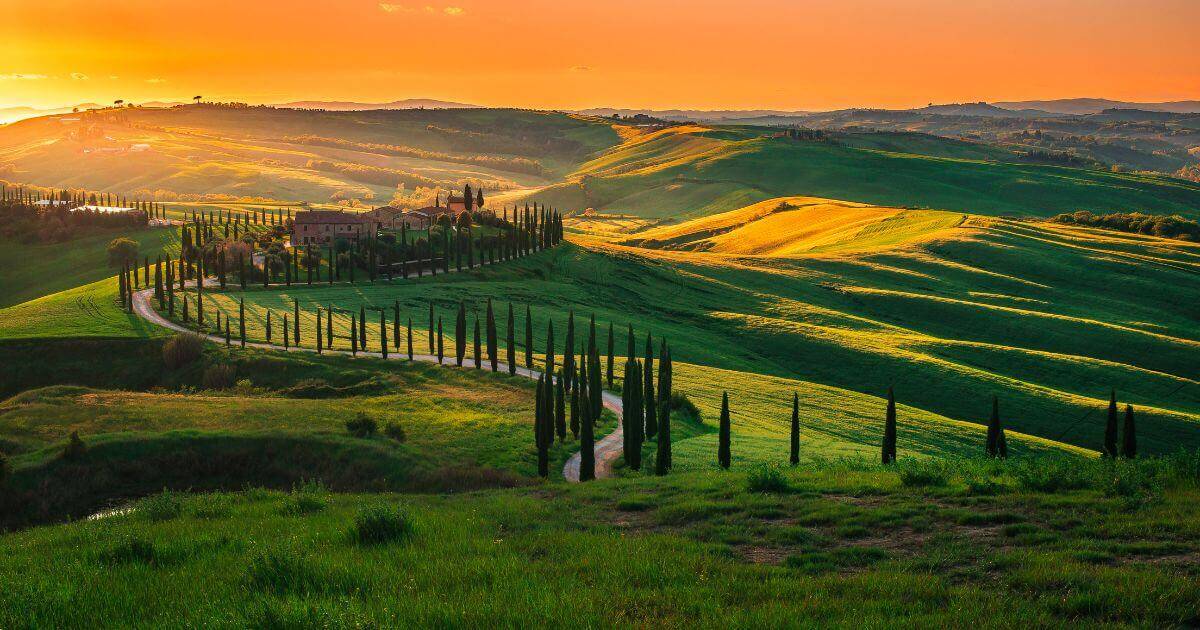
Tuscany
Famous for its rolling hills, iconic Sienna hues, and the city of Florence, Tuscany is the quintessential wine country and a beloved family vacation destination. Beyond its picturesque interior, there’s a beautiful coastline near Grosseto, overlooking Elba Island in the Tyrrhenian Sea. This region has a notable stop for rum lovers.
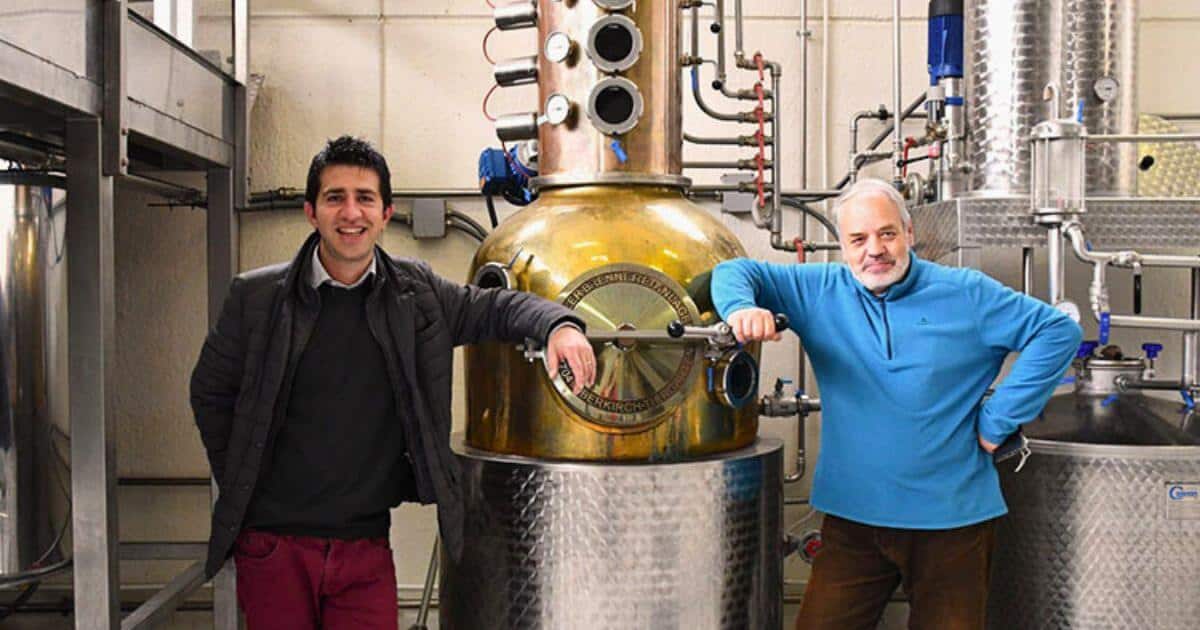
La Casa del Rum
In Follonica, a little town on the coast of Tuscany, Marco Pierini and Francesco Rufini created the rum house with a mission to improve their beach bar. In 2010, they started to offer a wide selection of rums, turning into an independent rum bottling company and distributing rums in Italy. La Casa del Rum has since gone on to create independent bottlings and secondary ages locally in Tuscan barrels. The La Casa del Rum No.1 was more than 10 years ago, and since then, it has put this wine region on the map for rum lovers. La Casa del Rum No. 4 is a blend of three different rums from Jamaica, Barbados and the Dominican Republic. La Casa del Rum number 5 is a blend of rums from the Dominican Republic, Panama and Barbados. Francesco recently launched the Tuscan Rum ageing project with Piccola Distilleria Toscana, a company from Colle Val d’Elsa. The rum starts with a base of molasses, it’s fermented and double-distilled on a pot still. It’s then aged in Tuscan Vinsanto barrels and bottled in limited releases. For mixing, there’s La Casa del Rum Blended White Rum Molasses 100% Pot Still, and Don Diego Ron Spicy is their Spanish Cuban style spiced rum. You can visit their site to explore latest releases and find the rum at some bars, restaurants and stores across Tuscany.
Find out more on La Casa del Rum
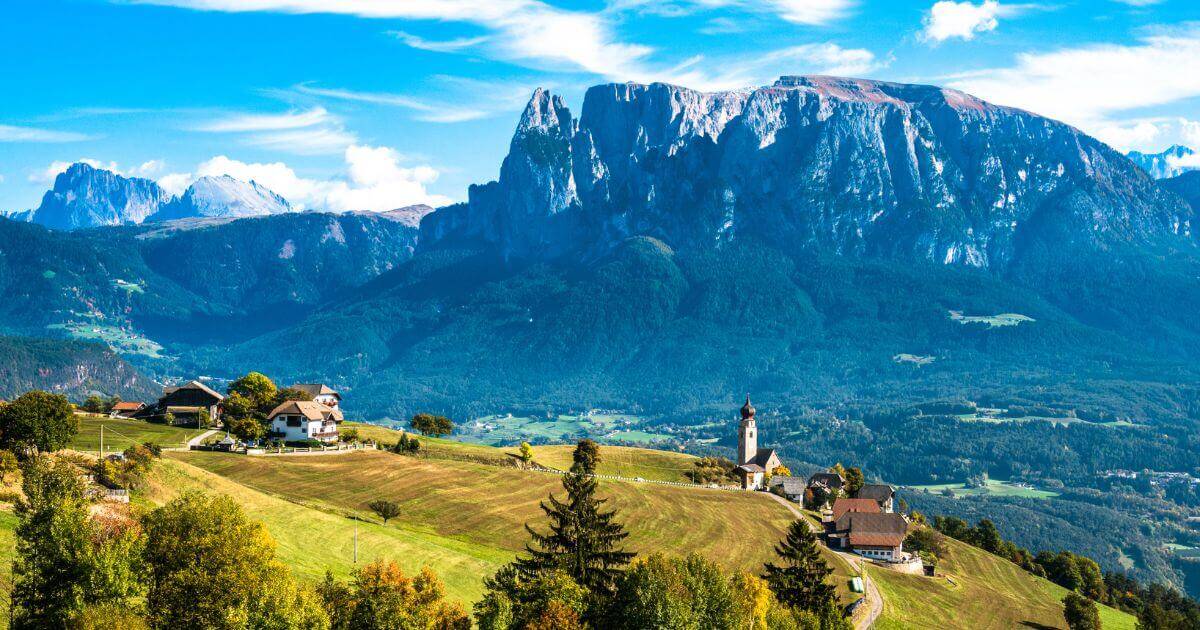
Northern Italy
From the Alps to the Ligurian Sea, Northern Italy’s landscapes grow more dramatic further north. This region features the striking coastal beauty of Genoa and Portofino, the hub of Milan, the iconic cliffside villages of Cinque Terre, and the elegance of Turin. However, in Trentino-Alto Adige, among the stunning limestone Dolomites, a unique microclimate creates exceptional conditions for winemakers. With about 280 days of sunshine a year, mild summers, and the best mountain water for distillers, this region now hosts some artisanal rum makers to explore. Explore these at après-ski or during a refreshing summer drive beyond the famous lakes like Garda and Como.
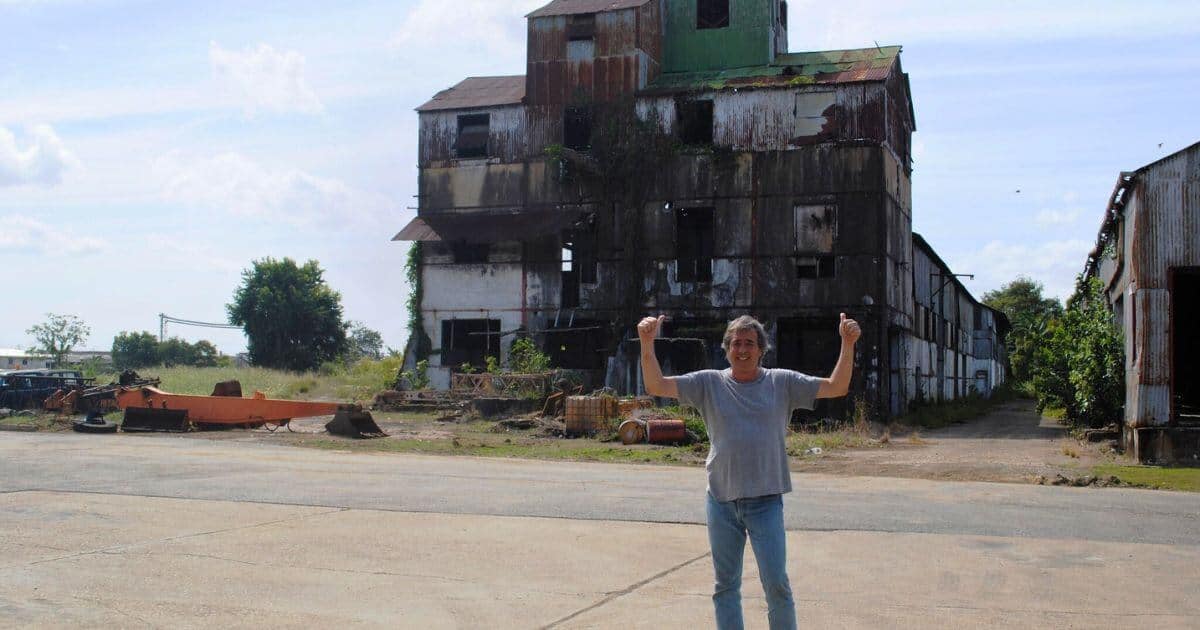
Velier Rum
Founded in 1947 in Genoa as a small wine and spirits import company. In 1983, at 25 years old, Luca Gargano (pictured) joined the Velier house and grew it into one of the most famous Italian independent bottlers, brand houses and distributors. In 2004, during a trip to Trinidad, Luca discovered a large stock of Caroni rum and released it in cask-strength bottlings. In 2012, Luca brought Haitian rum Clairin to the world and introduced the Gargano Classification along with Richard Seale of Foursquare Distillery. In 2006, after a trip to Marie Galante, Luca and Gianni Capovilla launched the first bottles of Rhum Rhum. In 2015, Habitation Velier was launched as an educational rum range featuring different distilleries exclusively pot-distilled as Pure Single Rum with label transparency. In 2016, Foursquare Velier signed a joint venture with La Maison du Whisky: LM&V, and Luca started a collaboration with Richard Seale of Foursquare Distillery. In 2018, Velier opened Distillerie de Port-au-Prince in Haiti. All this time, they built worldwide distribution for many rum brands and collaborations, all seen at their 2024 Velier Live. Their influence is unparalleled. From 1988 to 2020, Villa Paradisetto in Genoa was the company’s HQ, and a series of limited-edition rums were released to commemorate the villa. B-tik is Velier’s lifestyle store, and you’ll find their rum worldwide and at good establishments across Italy.
Find out more on Velier Rum
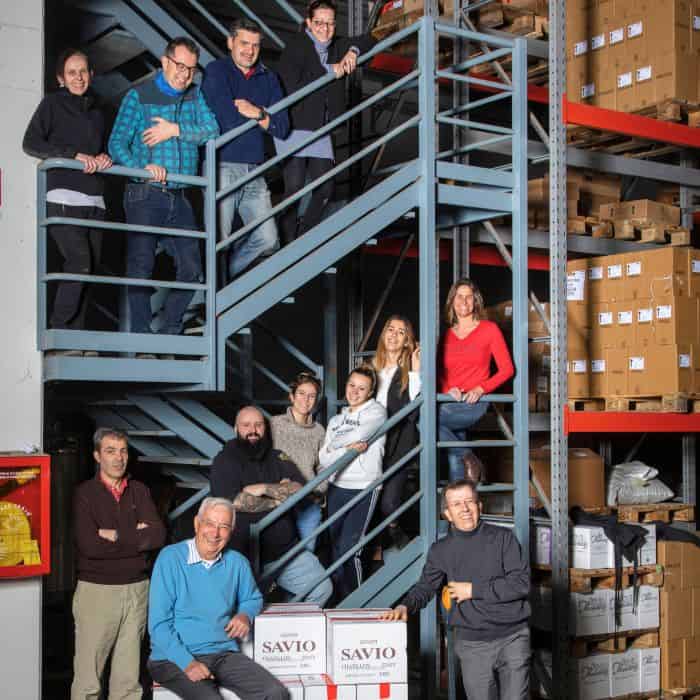
SAVIO
Savio S.r.l. was founded in 1958 by Paolino Savio and is based in the charming town of Chatillon in the Aosta Valley. Established in coffee roasting and spirits, his son Marco joined almost 35 years ago and is now the CEO. His creativity has led to developing new products and brands, including génépy, vodkas, and rums. Between 1996 and 1999, they partnered with rum producers in Panama to create rum blends based on exclusive recipes. In 2000, the Rum Malecon brand was launched, followed by the Ron Malteco brand a few years later. The company now owns several rum brands that form its core business: Rum Malecon, Ron Malteco, Ron La Cruz, Rum Contadora, and The Demon’s Share Rum. All are produced and aged in Panama from molasses and are column-distilled. The rums are bottled in Châtillon, Italy, and distributed to more than 40 countries worldwide. Recently, the company has also achieved Bonsucro certification. This choice further strengthens the company’s commitment to ethical and responsible commercial practices, which began a few years ago with the launch of the first organic génépy, Génépi Paolino Savio Bio. While visiting the Aosta region for skiing or a road trip, you can find these rums at their AVAL shop in Pollein (right on the highway, close to the Aosta exit), where you can taste and purchase a bottle.
Find out more on SAVIO
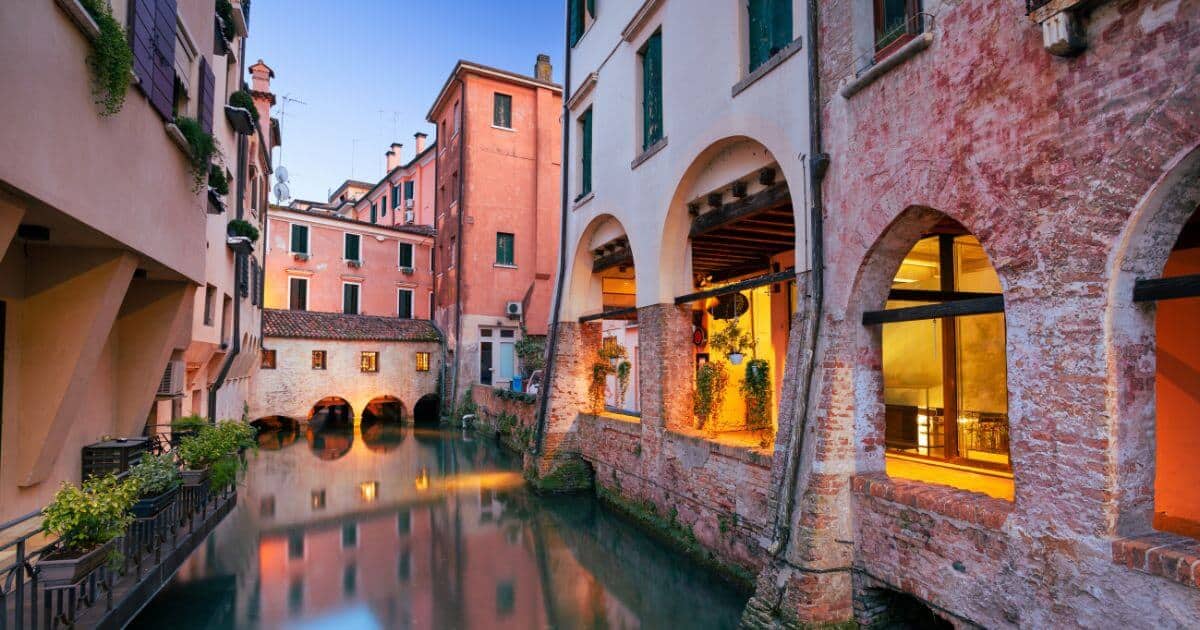
Rossi & Rossi
The Rossi family has been involved in wine trading since the business started in Venice in the 1920s and is now based in Treviso. Fabio Rossi, the grandson and current chairman, was influenced by legendary Silvano Samaroli, a family friend. After their success in whisky with Wilson & Morgan in the 1990s, and while in Scotland, he came across several old rum barrels. It inspired a move into rum, and in 1999, they launched Rum Nation. The bottles don’t have the distillery name but instead the area of origin and a postage stamp of the country. Today, Rum Nation is part of the Mac Y Group A/S, which bought Rum Nation in November 2018. Rum Nation International is now based in Denmark. However, the partnership with Rossi & Rossi continues. Rum Nation also includes a connoisseur’s Rare Rums series. In 2004, while travelling in Peru, Fabio discovered the Hacienda Agrícola de Chiclayo, founded in 1904, which had developed a rum. The founder’s son had brought a large three-cylinder still from Scotland to Peru by ship. The third Rossi & Rossi brand became Ron Millonario, which includes Ron Millonario Reserva Especial (a 15-year-old blend) and Ron Millonario XO, both molasses rum and Solera process aged. You’ll find their rum brands across Italy.
Find out more on Rossi & Rossi
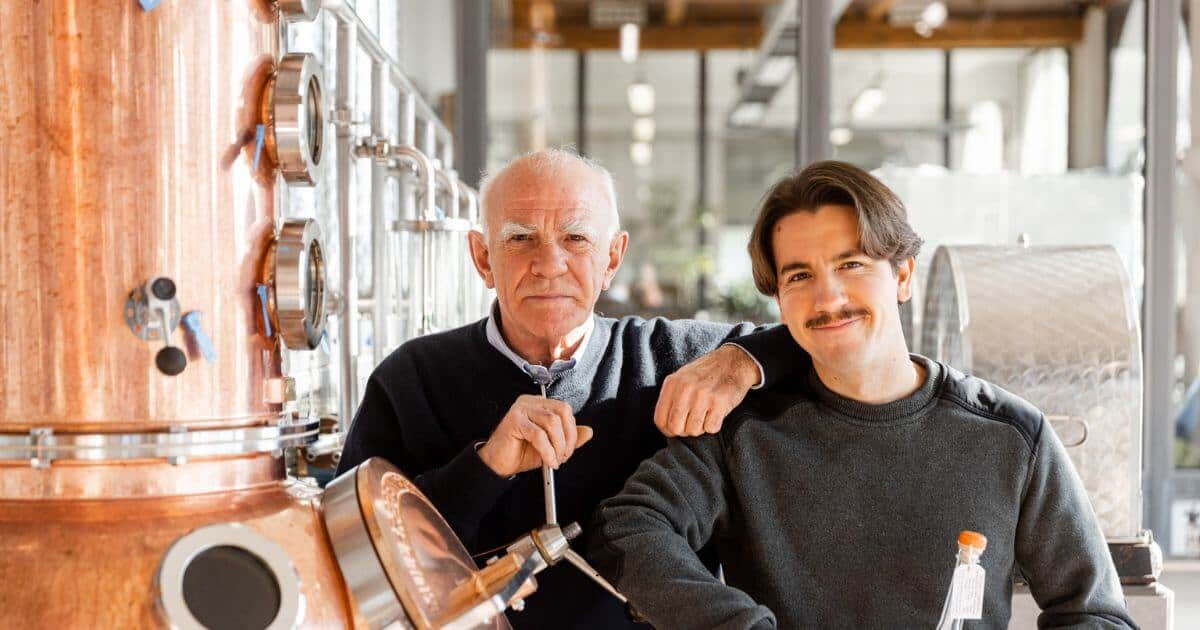
Capovilla Distillati
The distillery is located at the foot of the Monte Grappa in the small town of Rosá. Vittorio Capovilla is a famous Italian distiller for his life’s work in grappa. Together with his daughter Olivia and his grandson Alvise, this family business operates an organic farm alongside the distillery. Their connection to rum is Rhum Capovilla, a collaboration project that started in 2005 with Luca Gargano’s idea to produce a different from the rest in rum. After years of research in the Caribbean islands, Luca found Distillerie Bielle by Dominique Thierry on the island of Marie Galante. In 2006, after bringing all the equipment (stills, fermentation tanks, machinery) to Marie Galante, Rhum Rhum was distilled for the first time. It’s hand-cut sugarcane, first press extracts undiluted, whole cane juice ferments for 6-8 days at a controlled temperature and then double-distilled. After 12 years, they moved to another distillery in Marie Galante. Rhum Rhum Blanc Agricole is an unaged rum, and Rhum Rhum Libération is aged and bottled in vintages. You can visit Capovilla Distillati for a tour and tasting from Monday to Friday by appointment only.
Find out more on Capovilla Distillati
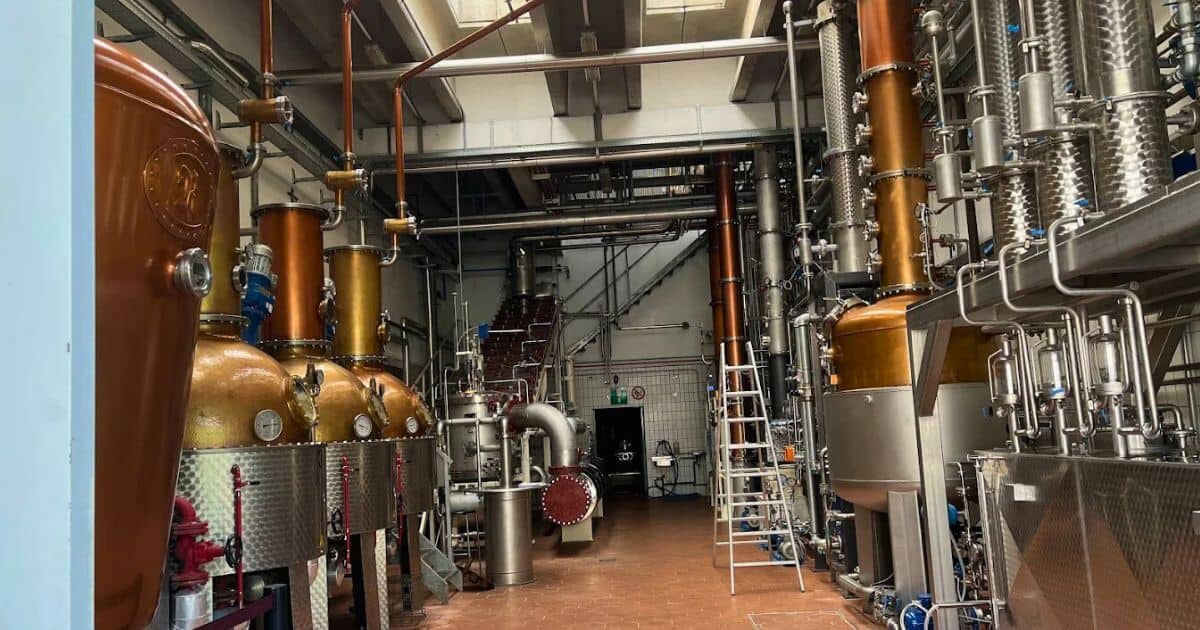
Brennereien Roner
About 20km southwest of the popular destination Bolzano, is Termeno in Alto Adige on the South Tyrolean wine road. Here, the Roner family founded Brennereien Roner in 1946 and is now managed by its third generation. The traditional Roner distillery has been producing South Tyrolean spirits with a passion for taste for 75 years. The core range of distillates is grappas, fruit distillates, and liqueurs, and they produce a special rum. R74 Rum Aged is distilled from Central American molasses and aged for 5 years in Caldiff apple distillate barrels. You can visit with a guided tour and tasting at the distillery in Termeno. These take place from April to October on Tuesdays and Wednesdays.
Find out more on Brennereien Roner
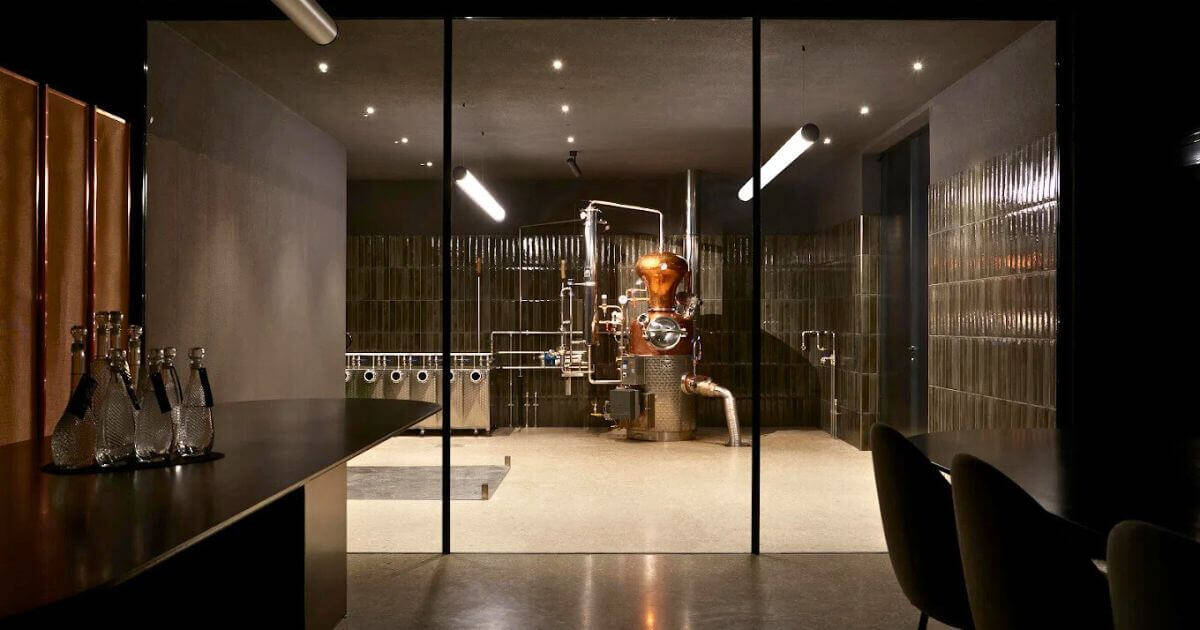
Brennerei St. Urban
St. Urban is an artisan distillery founded in 2008 by Erwin Leimgruber. It’s a father-and-son family business. Erwin is the master distiller and creates gins, brandies, whiskies and rum. The brandy comes from the fruit of their own harvest. All the spirits are made without flavouring or added sugars, a pure expression of uncontaminated nature. St. Urban Rum is a more recent addition and is made from high-quality sugar cane molasses from Nicaragua. It’s double distilled in a copper still and then aged for several years in rose muscatel barrels and presented in a decanter-style bottle. You can visit and even stay at their St. Urban Hof among the idyllic vineyards.
Find out more on Brennerei St. Urban
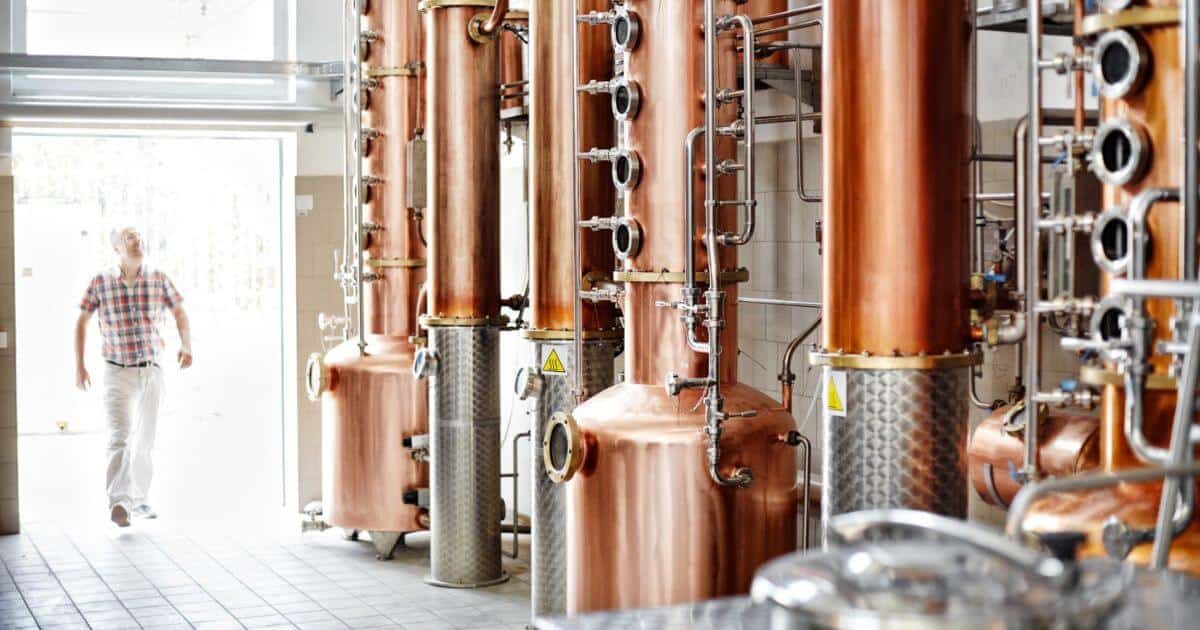
Walcher Distillery
Established in 1966, Alfons Walcher set up his first pot still in the basement of the Turmbachhof farm. Walcher Distillery is in Eppan, about 5 miles southwest of Bolzano in Trentino, South Tyrol. It’s a nine-generation family-run distillery where Alfons’ sons, Theodor and Matthias, now run the business. They harvest and turn local sun-ripened fruits into grappas, fruit brandies, and liqueurs. More recently, they have created a white rum, which is pot-distilled at the distillery. They source organic, certified and Fairtrade molasses from Paraguay. Walcher Distillery Rum Amber Selection Organic is aged in quality wooden barrels, and they also present some rum liqueurs like Walcher Noisetto Rum Liqueur. You can book a guided tour of the distillery, taste their spirits and pick up a bottle. Foodies will enjoy their gourmet manufactory.
Find out more on Walcher Distillery
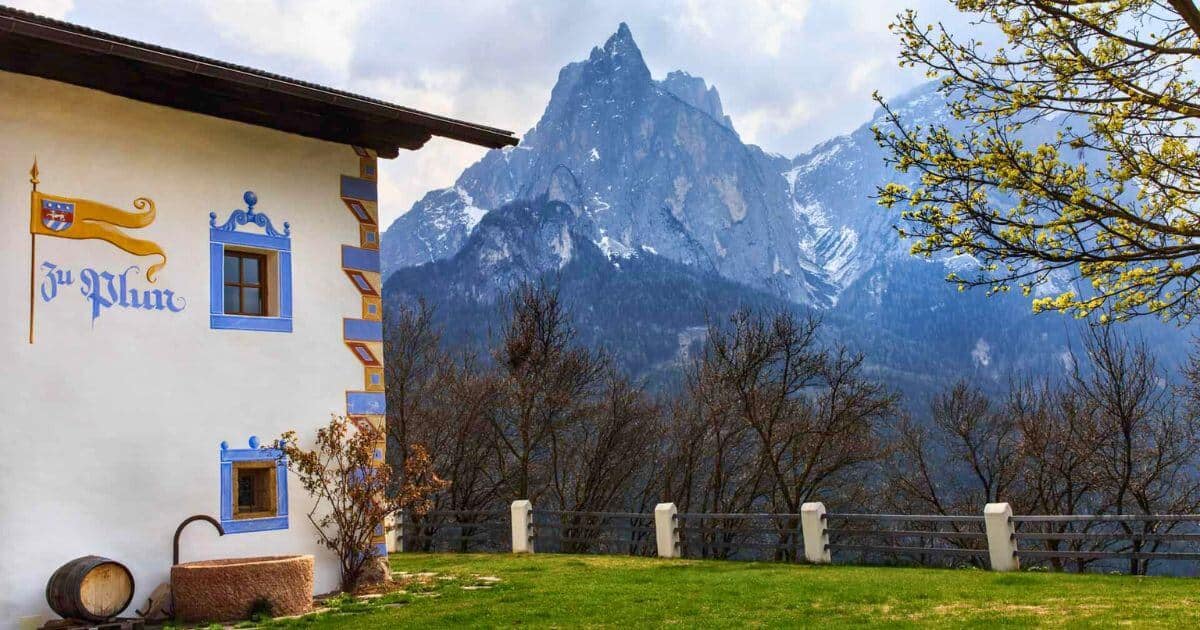
Distilleria Zu Plun
The first rum distilled in the Dolomites is on the road to the Seiser Alm. An ancient farmstead built in the 1400s overlooks the Schlern massif in the Dolomites. Florian Rabanser founded the distillery in 2010 and produces spirits, gin, rum, and grappa with mountain ingredients like botanicals from the Dolomites and pure mountain water. Rhum Zu Plun is a dry rum, produced without added sugar and aged in oak barrels. The Zu Plun White Rum is made with thickened sugarcane juice from Central America and aged in a sherry barrel. The Fine Old Rhum is aged in oak barrels from the Austrian province of Burgenland that had been previously used for Spanish Pedro Ximenez sherry wines. Rhum “Full Proof” is an overproof rum at approximately 57%. You can find these rums at good hotels, bars and restaurants from the Dolomites to Sicily, like COMO Alpina Dolomites. You can visit the distillery and have a tour and tasting with Florian himself, Monday to Saturday. Booking is recommended.
Find out more on Distilleria Zu Plun
Aside from the distillery tours and tastings mentioned, here are some more places to sip Italian rum locally at bars.
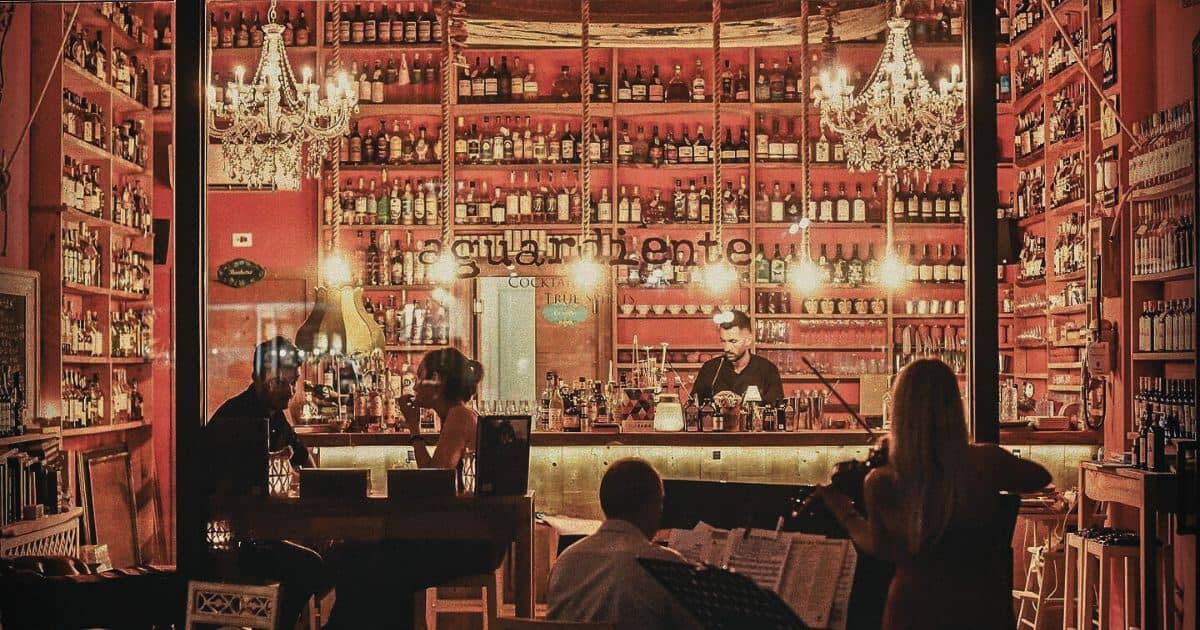
Where to Enjoy Rum in Italy
Bologna: Bamboo, Macondo Cocktail Bar, NU Lounge Bar, Sour
Genoa: Pirate’s Cove, Biggie cocktail bar, Malkovich Cocktail Bar, Les Barriques, Cubilla American Bar
Florence: Manifattura, FUK Cocktail bar, Rinascimento Tiki Room
Marina di Ravenna: Aguardiente
Milan: The Spirit, Norah was drunk, Nottingham Forest Milan, Rita’s Tiki Room, Jungle Tiki, Rufus Cocktail Bar
Naples: Ex Salumeria, L’Antiquario, Flamingo Tropical Tiki Bar
Province of Como: Tiki Bar San Fedele Intelvi
Rome: The Race Club, Blackmarket Hall, Jerry Thomas Project, Bodeguita del Rum, Q’s Rummeria, Makai Surf & Tiki Bar, Freni E Frizioni, Tiki Cocktail Bar
Sardinia: Mint julep cocktail bar, The Duke Cocktail Lounge Bar, Mahiki Forte Village, Spirits Boutique Cagliari, Maracaibo cocktail bar
Siena: Philadelphia bar Siena, Charlie mixology bar
Sicily: Daiquiri Taormina, Hemingway Spirit’s Tales, cocktail bar, Honey Rum La drinkeria, Il Gattopardo Rummeria, Bohéme Mixology Bar, Sharaba, Boats Siracusa, Barcollo Siracusa, Jureka Cocktail Bar, Waikiki Bar
Turin: La Rhumerie 18, Rough San Salvario, Mana Tiki, Mojo Bar, Barz8, Dal Capitano, The Goodman Cocktail Bar
Venice: Chet Bar, Experimental Cocktail Club Venice, Il Mercante, Venice Jazz Club, Vinile
Italy’s iconic cocktail culture is celebrated globally, with the Negroni and Spritz seen everywhere, but now there’s a new Aperitivo to explore: Italian rum. Add a vibrant new dimension to your itinerary. For rum lovers, explore a local twist, such as a Rum Negroni, or a warming Il Bombardino made with rum for an après-ski treat. And, be sure to seek out the iconic Babà Napoletano; these delicious rum babas from Naples are a true classic. Serendipity is never far in Italy, with many local events showcasing spirits. The Whisky Club Italia frequently hosts rum tasting events, and you’ll find rum at events like the Milano Whisky Festival & Rum Show or Roma Bar Show. Italy’s numerous local festivals also allow you to discover regional flavours and can be the perfect stop on your rum road trip. Embrace slow travel by taking a direct train from Rome to the stunning Dolomites and discover emerging Italian mountain rum. With popular destinations often busy in season, the best culinary and, indeed, rum experiences are often found by going off the beaten path.
For more general travel advice on Italian Tourism
To see all the rums on our Italy Rum Map
You can also visit neighbouring countries: France Rum Map, Germany Rum Map, and Spain Rum Map, all of which have rum guides.
Thanks to the brands for contributing to this article and for permission to use their images. Other image credits to Canva Pro and user contributions.
